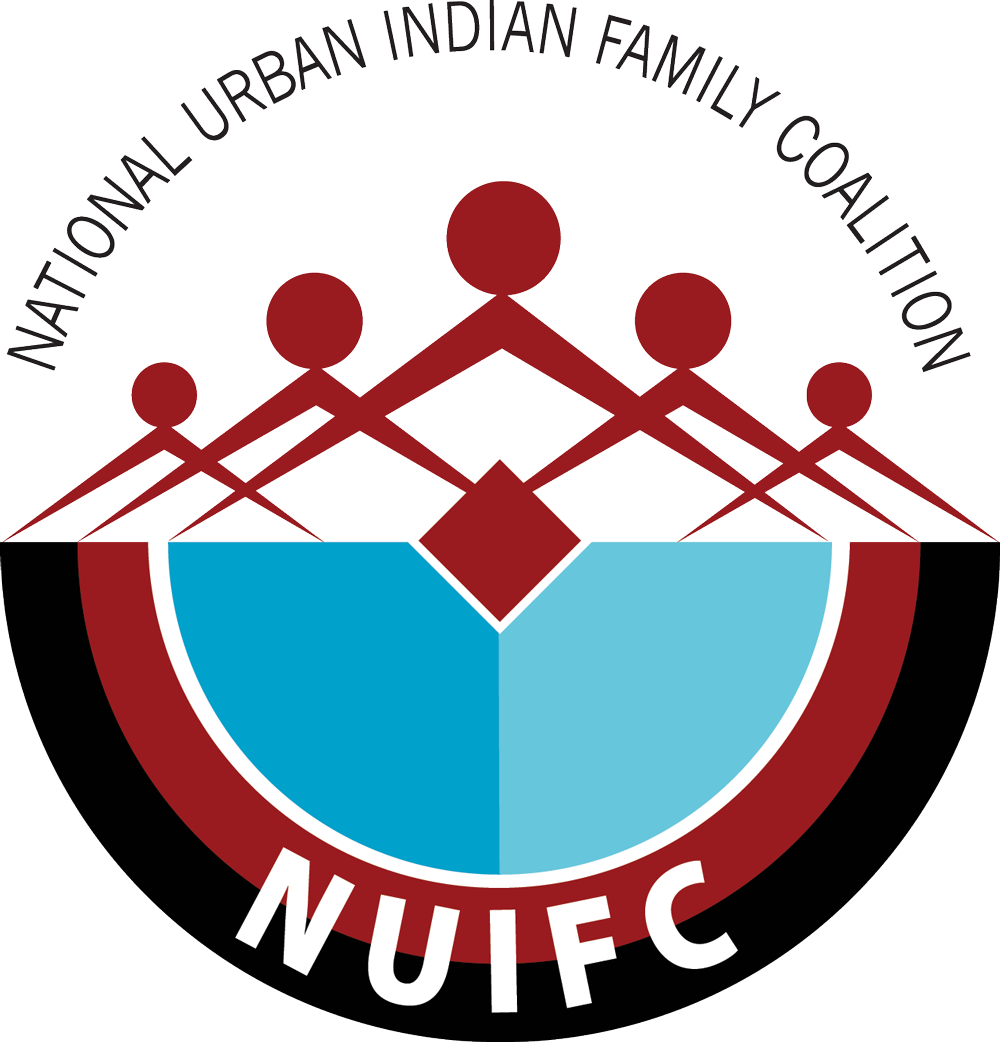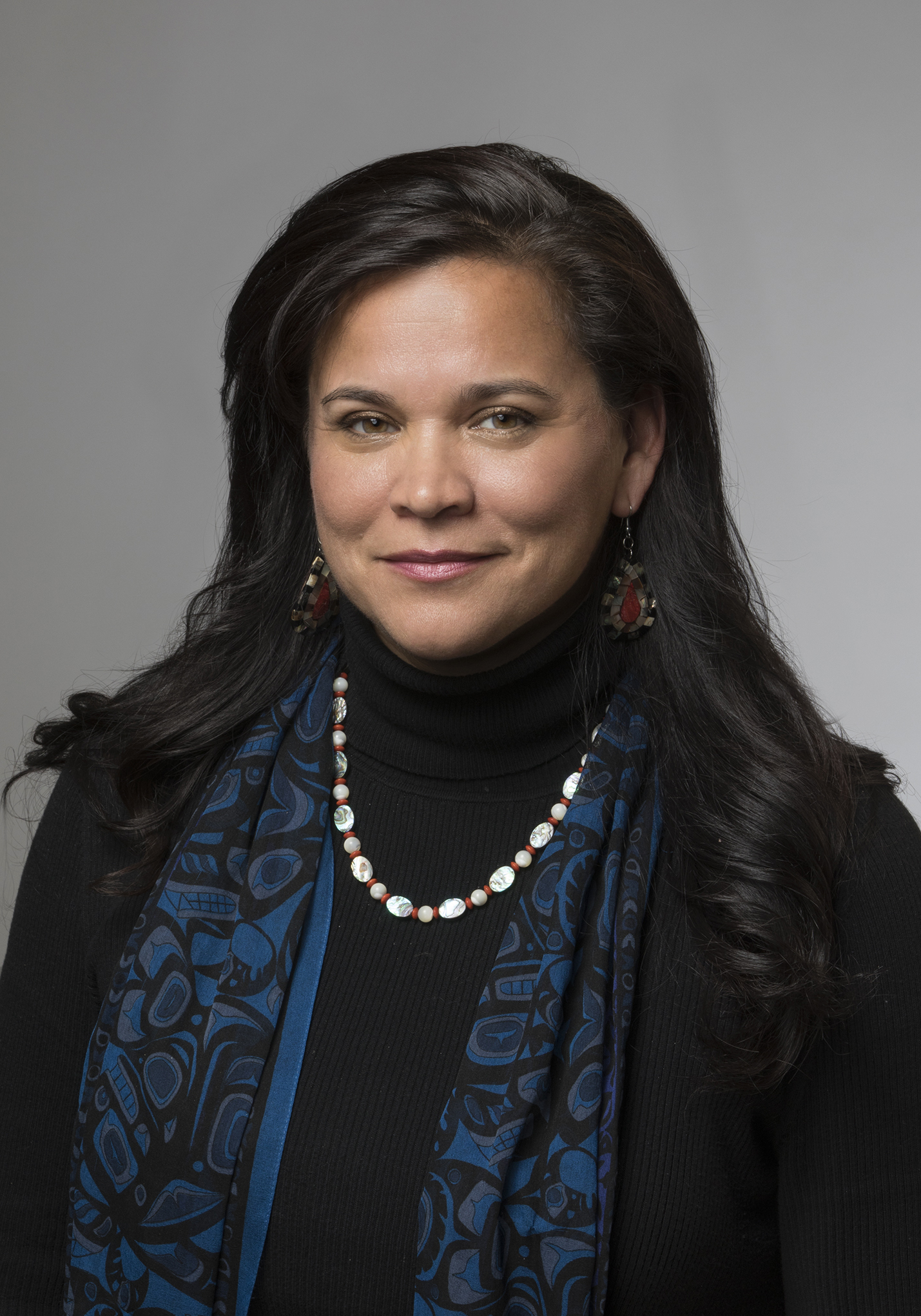NUIFC eNewsletter // June 2019
Update from the NUIFC Executive Director
Janeen Comenote, Executive Director
National Urban Indian Family Coalition
Census 2020 — Making the Invisible Visible
As we look forward to 2020, the NUIFC is committed to taking stock of the distressing red flags that have been popping up around the upcoming Census, including an alarming projection that more than 4 million people are at risk of being undercounted in next year’s national headcount (Urban Institute). American Indians and Alaska Natives keenly feel the impact of being undercounted, of being made invisible in the eyes of policymakers and the government, we are aware that the Census drives redistricting and that Census data drives critically needed resource allocation. As a result of this understanding, the National Urban Indian Family Coalition will remain laser-focused on making sure that Indian country, from coast to coast, are visible in 2020.
Over the next 18 months, NUIFC and our partner organizations will be pouring resources into community engagement around the Census and Integrated Voter Engagement. These efforts go beyond simple outreach; they will also focus on changing the conversation Urban Indian communities are having about the Census and civic engagement. We aim to build lasting systems that have impacts on generations of Indigenous people around the country.
These goals have guided this issue of the eNewsletter, which features an interview with the first ever Native American Democratic women Legislator in North Dakota, Representative Ruth Buffalo and a story that highlights some of the work our partner centers are doing to ensure a successful Census count. These two sections dovetail with one another, offering a stark example of what representation means for Indians in the form of Rep. Buffalo and how our centers are working to make stories like Rep. Buffalo’s common.
In the 2010 Census, American Indian and Alaska Natives reflected a 4.8% undercount, nearly triple the amount of all other race undercounts. This flawed data manifests itself in the form of unjust policy, a shortfall in resources for our communities, and a lack of representation in the decision-making process. In nearly a decade, we’ve come far in tackling these problems and remain dedicated to building awareness and power for urban dwelling Native constituencies and organizations nationally. There is still much work to be done, but we are thrilled at how bright the future is and look forward to what we hope is a historic 2020 as we strive to make the invisible visible.
Klecko Klecko (Thank you),
Janeen Comenote
A Conversation with North Dakota State Representative Ruth Buffalo
Following a historic mid-term election victory, Rep. Ruth Buffalo became the first Democratic Native American women state lawmaker in North Dakota’s history. She graciously agreed to speak with NUIFC about her work, what it means, the future, and much more.
The following interview has been edited for clarity and brevity.
Can you start by telling us about who you are, where you’re from, and the tribe you’re a part of?
My name is Ruth Buffalo, I’m the mother of four children and married to my college sweetheart. I’m originally from Manderee, North Dakota and I grew up on the Fort Berthold Indian Reservation. I’m representing District 27 of South Fargo in the North Dakota House of Representatives. I’m a citizen of the Mandan, Hidatsa and Arikara Nation, also known as the three affiliated tribes.
What is the work you’ve been doing in the State Legislature?
I’ve had the honor of introducing eight pieces of legislation, seven of which passed. That included a resolution urging the US congress to pass Savanna’s Act, to address missing and murdered indigenous people and increase communication between federal, state and tribal officials. North Dakota doesn’t collect data on missing people so I worked to pass HB 1313, which will start a repository of missing persons under the State’s Attorney General’s office. We also passed HB 1335, around student dress code and making sure schools can’t restrict graduates from wearing eagle feathers and eagle plumes to their graduation ceremonies.
Is there something you passed you’re particularly proud of?
I’ve had the opportunity to speak at seven high school graduations as either the keynote or commencement speaker. At a recent celebration at Bismarck Mandan High School for Native American Graduates I was humbled to hear from the parents and the youth that followed HB 1335. So many of the seniors were watching the bill closely and were very excited when it passed into law and allowed them to wear eagle feather and plumes to graduation. It also had an emergency clause on it, so it kicked in when the governor signed it, leading to an immediate impact.
How did you get so much done so quickly?
There is a sense of urgency across the state of North Dakota to get these bills passed into law. Many of these bills are addressing unmet needs that have existed for decades upon decades. I’m just really trying to push the needle forward on justice in North Dakota.
Can you talk about your election victory? How do you think you became North Dakota’s first Democratic Native American Legislator?
I ran solely as a human being, but I can’t hide who I am. I love my culture; I would go door knocking with native style jewelry, but I was focused on reaching as many voters as possible to listen and hear what was most important to them. I believed in myself and worked hard and I’m thankful that the voters elected me into office.
Do you feel as though you were connecting with voters that were new to the political process or coming out with a new sense of energy?
Yes, I had people from all walks of life, backgrounds, belief systems helping my campaign. I had trans women door knocking with me, people that were formally refugees knocking with me, urban Native Americans hitting the doors with me and being a big part of my campaign team. Our campaign was representative of all people.
Here at NUIFC, we are focused on Urban Indians, so I wanted to ask about your thoughts on why engaging with this population is important?
It’s so important that we have people from all communities exercising their right to vote. We need to get to a place where it’s second nature and people naturally expect to vote. It’s important that our Urban natives realize how much their vote matters. We need to continue the process of making sure these people are involved and then after the election, making sure our communities are holding elected officials accountable. The work and civic engagement don’t end at the ballot box, it continues throughout each year. We need to stay involved and bring more people into these arenas. I shouldn’t be the only Native American women in the entire North Dakota legislature.
Another big issue approaching is the 2020 Census, is that something on your radar and do you have thoughts about it?
Yes, I’ve been invited to the Governor’s 2020 Count Course. There seems to be a lot of energy and a focus on making the 2020 Census a success in North Dakota. We need to focus on relationship building and making sure no town or person falls through the cracks. It’s so important that everyone is counted in the 2020 Census because that gives us an accurate snapshot of the population, its growth, and hopefully leads to better representation.
Do you have any advice for NUIFC as we go continue our work around Indian voter engagement?
Social media is a good way to share a particular message and a way to uplift grassroot candidates in the future. A quick share goes a long way. It’s also so useful to provide trainings to new candidates, to help them gain an understanding of what they’re doing.
Before we end, I like asking about what is something giving you life? What do you do to keep yourself centered and not overwhelmed by the work?
Spending time with my family. We just got back from the Nickelodeon Center at the Mall of America with my daughter. I had to build up some courage to go on one these crazy rides and I remember telling myself “hey, you ran for office AND you won, so you can get on this roller coaster.” The time I get to spend with my family is really rejuvenating to me.
Center Conversations – Phoenix Indian Center (Phoenix, AZ), Sacred Pipe Cultural Center (Mandan, ND)
NUIFC and our partner organizations have been building off the historic 2018 midterm election victories, with a focus on taking this momentum and creating lasting change. One of the biggest hurdles we are facing is changing the conversation around civic engagement for Urban Indians, with a specific focus on the 2020 Census and voting efforts.
“As the original people of this land, we have to be counted fairly and accurately,” said Cheryl Kary, the Executive Director of the Sacred Pipe Cultural Center (SPCC), in Mandan North Dakota. “When these counts are inaccurate, our people lose access to services. The census and the Native vote are two sides of the same coin.”
The “coin” Kary is referring to is the idea of representation, something that Indians have fought for over generations, only to see these demands fall on deaf ears. That makes the burgeoning indigenous vote and increased civic engagement so important, as it demonstrates a powerful movement that cannot be ignored. For example, Kary has helped form a “Complete Count” task force in North Dakota, with community leaders and representatives from tribes. Their goal is to make sure that no one, in any community, slips through the cracks in the upcoming Census. The SPCC will be focusing on partnering with trusted voices in the community to connect with individuals that have been overlooked by traditional Census efforts. They are also working with the Census Bureau to highlight job openings around the national head count, which would bring an indigenous perspective to the process, which could help ensure accuracy.
This work is similar to what is happening at the Phoenix Indian Center (PIC), in Phoenix, Arizona which is working with the Native community to increase understanding around the Census and voting efforts.
“We have so many issues of trust when it comes to the Census, people have a real skepticism to someone from the government coming to ask them questions,” said Jolyana Begay-Kroupa, the Director of Development at PIC. “We need to hear people out about their concerns and explain to them what this is all about. We have a voice, we have to be present and the only way to do that is to be in the know, so we need the correct data. We need to know what our problems are and how we address them. This is how we that make happen.”
Beyond just informing the community about the importance of the Census, the PIC is also focused on outreach across platforms. They expect to have a coordinated campaign, mixing social media, print, a presence at community events, door knocking, and more to have the largest impact possible. They also aim to partner with other centers around Arizona, helping them create a statewide urban Indian network.
The 2020 Census creates an understanding of this country and the people that live inside of it. The systematic failures of past censuses have had far reaching ramifications for the Indian populations that have been left undercounted. This stark reality is the reason that NUIFC and our partner organizations are so focused on making sure that this year, we are ready to make the invisible visible.
For more information, please contact:
Janeen Comenote
Executive Director, National Urban Indian Family Coalition
jcomenote@nuifc.org, | 206-551-9933
Rio Fernandes
Newsletter Editor, National Urban Indian Family Coalition
Riof@nuifc.org | 206-913-3676





